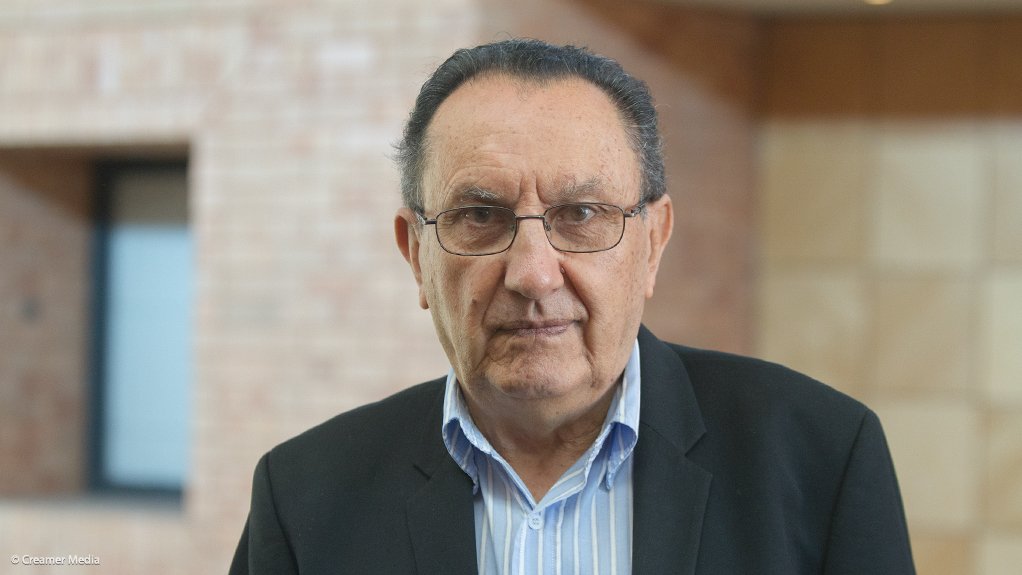Key stakeholders in South Africa’s coal industry have affirmed their commitment to boosting the sector’s performance in 2016, despite the current tough times for the commodity.
Speaking at the IHS Energy Coal Exports Conference 2016 in Cape Town, Department of Mineral Resources deputy director-general (DG) of mineral policy and investment promotion Mosa Mabuza said the country’s coal policy was a government priority this year.
“Given the importance of coal to our nation, we have reprioritised the development of the coal policy, which is intended for finalisation in the first half of the current calendar year,” he told delegates.
Speaking on behalf of Mineral Resources Minister Mosebenzi Zwane, the deputy DG said the department was committed to working in line with the National Development Plan, which emphasised the importance of a coal policy to enhance productive capacity.
This time last year, technical teams from business, organised labour and government established the coal policy development, but the initiative had subsided since then.
XMP Consulting senior coal analyst Xavier Prévost told conference delegates that South Africa’s 2015 coal production was roughly 255-million tons, indicating no real growth in the industry.
“South Africa has been producing the same tonnage for the past three to four years,” he said.
However, Mabuza noted that, despite the current gloomy outlook, 75-million tons of coal was exported from South Africa in 2015, with significant demand growth in other emerging markets.
“The market axis for coal is seemingly shifting towards new and emerging markets, marking a structural change from a well-established way of doing business. This is necessary to sustain the growth and development of the coal industry,” he said.
Prévost agreed that the export market for South Africa had changed substantially. He noted that South Africa had been the largest exporter of coal to Europe in 2007 and 2008, but that this had become substantially less.
“We lost the market to Columbia and didn’t have the capacity to cater to that market. Europeans are also cutting down on their use of coal,” said Prévost.
Highlighting the changing trends, he noted that South Africa would start exporting more coal to other African countries every year, with the Middle East also becoming an important market.
He added that, in 2015, South Africa exported much of its coal to India, with Morocco, Turkey, Pakistan and Italy also accounting for a large slice of exports.
However, owing to the drop in the global coal price, Prévost expected South Africa to focus more on its domestic market.
“Our future is in the local market rather than in exports,” suggested Prévost, adding, however, that challenges remained.
“Coal qualities are decreasing rapidly in South Africa. Better seams have been mined out for exports. South African collieries are now in urgent need of optimising costs and revenue. Some will not make the changes in time. We are chasing a very tough market,” he said.
Meanwhile, a decline in coal resources in the Mpumalanga basin was also highlighted at the conference as a growing problem.
Mabuza said a study undertaken by national geoscientific repository the Council for Geoscience, in collaboration with State-owned power utility Eskom, found that there had been a 56% decline in remaining coal in the Mpumalanga coalfield, from 28.1-billion tons in 1987 to the current 12.4-billion.
He added that opening the Waterberg region for large-scale mining was core to the future of the South African coal mining industry, but this depended on primary rail and water resources being made available. Mabuza further noted that the Presidential Infrastructure Coordination Commission had prioritised infrastructure development in the Waterberg, to unlock the development potential in the basin.
Coal is the second-largest employer in South Africa’s mining industry and one of the most important generators of revenue, including foreign exchange earnings.
EMAIL THIS ARTICLE SAVE THIS ARTICLE
To subscribe email subscriptions@creamermedia.co.za or click here
To advertise email advertising@creamermedia.co.za or click here











